
Why Does Solid Wood Flooring Have Different Grain Textures? Demystifying Wood Cutting Methods
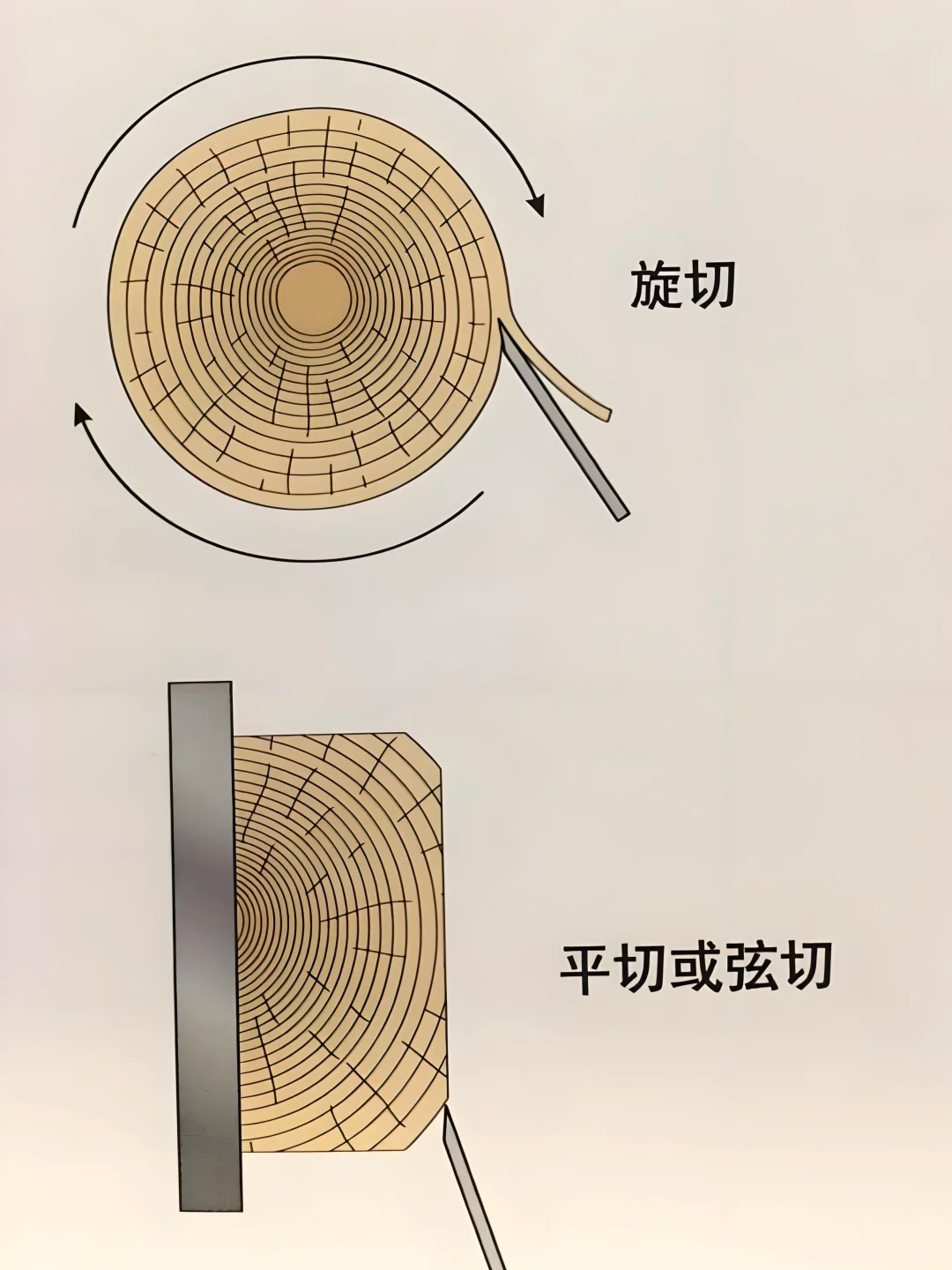
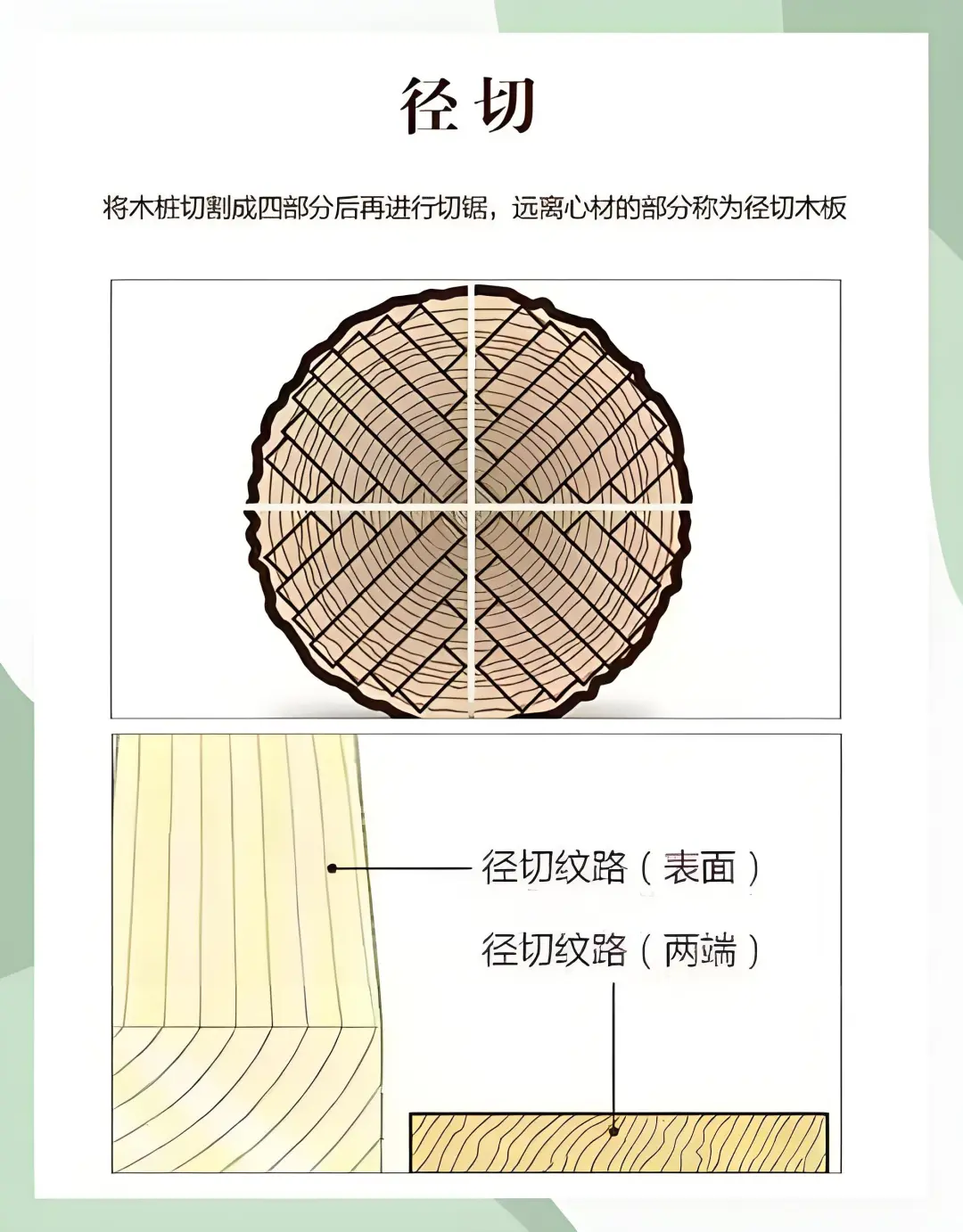
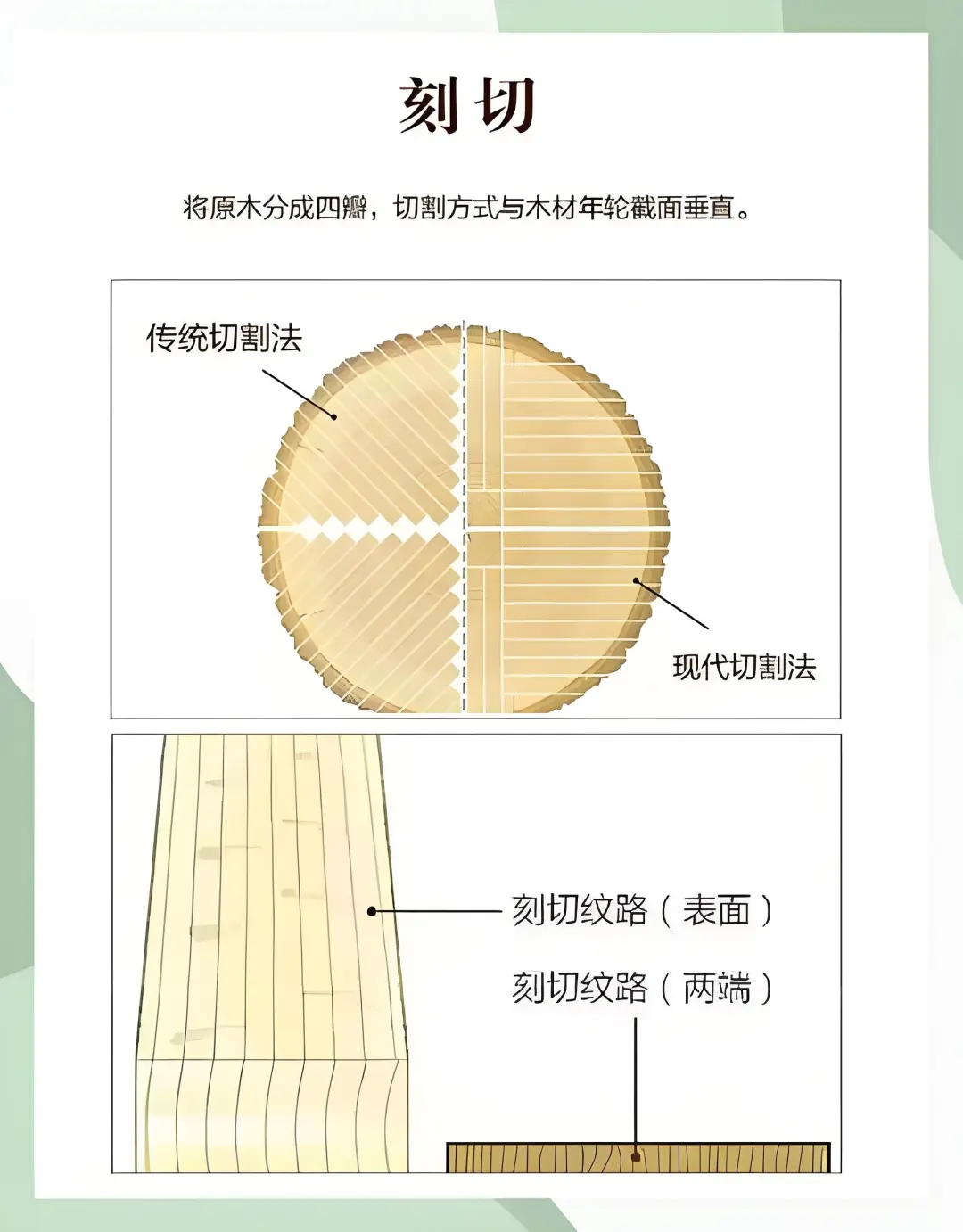
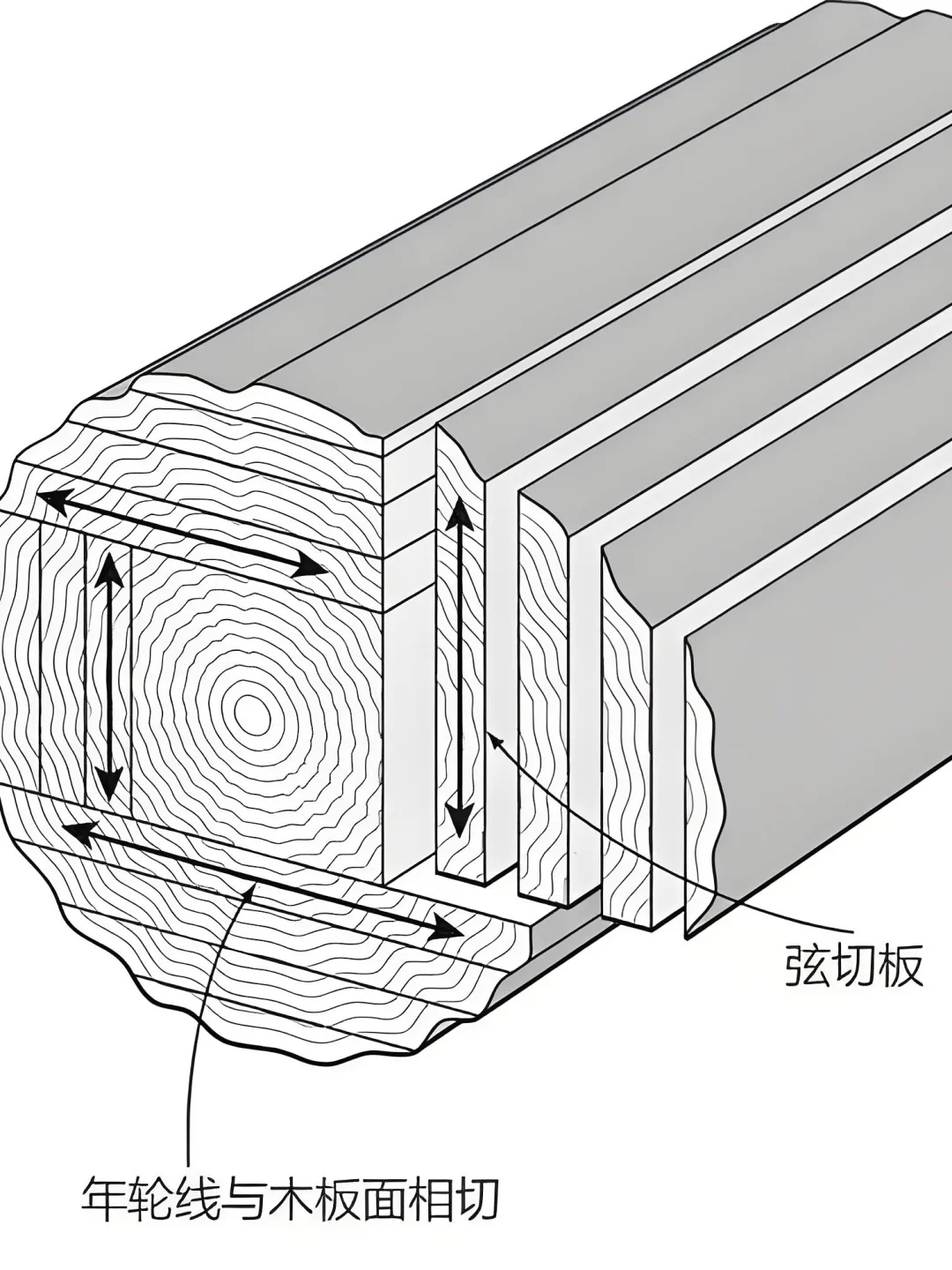
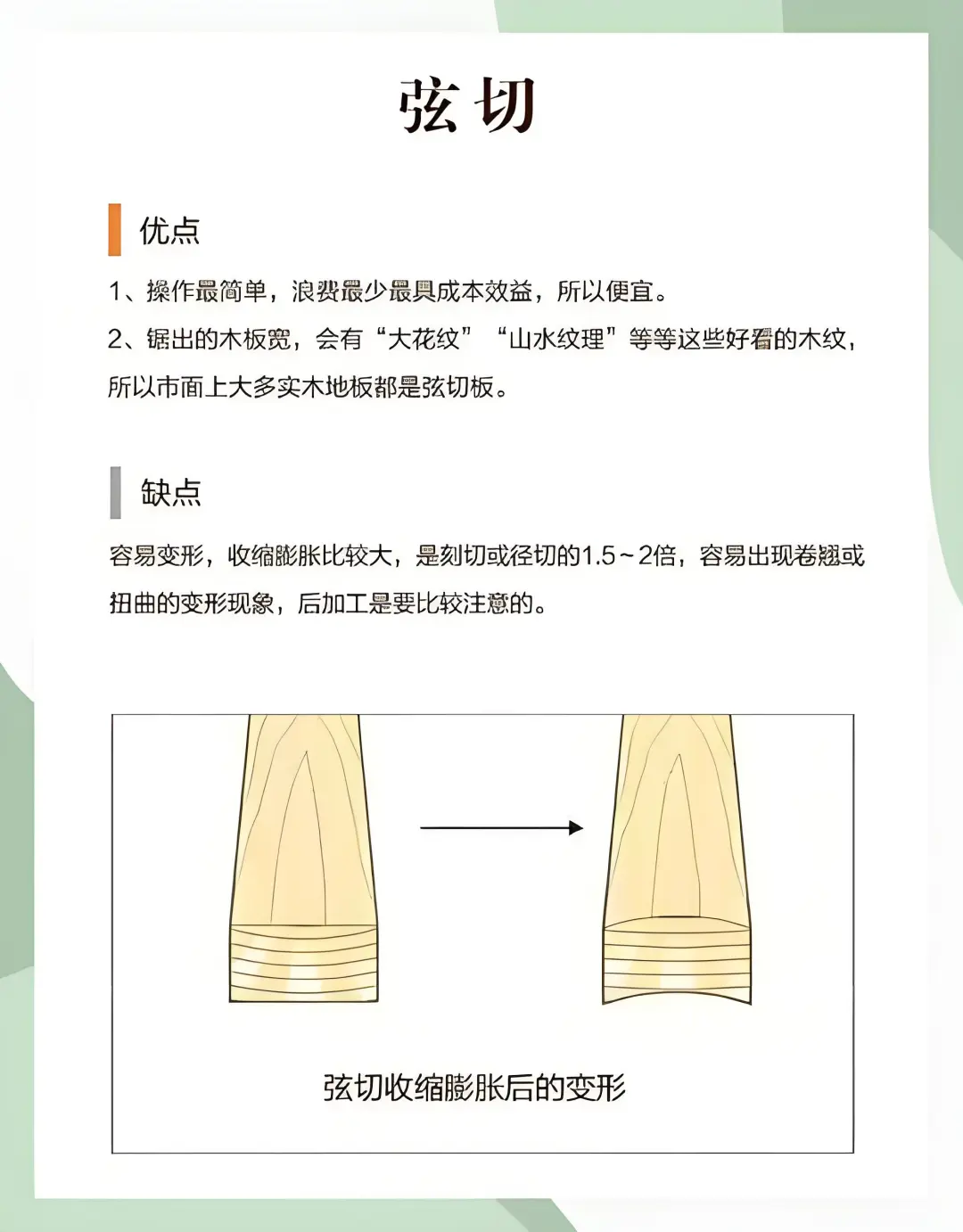 🌳 Observant wood flooring may have unique grain patterns, even from the same tree. The reason behind this is closely related to how the wood is cut.
🌳 Observant wood flooring may have unique grain patterns, even from the same tree. The reason behind this is closely related to how the wood is cut.
🔪 Three main wood cutting methods:
Tongue sawing: Cutting is done perpendicular to the radius of the trunk, along the main axis of the trunk or along the grain.
Grove sawing: Quartering the log, cutting perpendicularly to the cross-section of the wood rings.
Ridge sawing: Cutting the log into four sections before sawing. The section away from the heartwood is called the quarter-sawn plank.
🎨 Advantages and disadvantages of different cutting methods:
Tongue sawing: Simple, low-cost, and produces wide boards with beautiful grain. However, it is prone to deformation and is subject to significant shrinkage and expansion.
Grove sawing: The wood is highly stable and not prone to deformation. However, the cutting method is more complex and the cost is higher.
Ridge sawing: Highly stable, predominantly straight-grained, and moderately priced. However, it is time-consuming and material-intensive. 🌟 Summary:
Wood Quality: Quarter-sawn > Quarter-sawn > String-sawn
Price: Quarter-sawn > Quarter-sawn > String-sawn
🌺 Recommendations:
Those seeking high quality and with ample budgets can opt for quarter-sawn flooring. For those on a more limited budget, a mix of quarter-sawn and string-sawn flooring is recommended, as quarter-sawn wood is the most stable and less prone to warping.
🌿 While string-sawn and quarter-sawn materials are more susceptible to deformation and shrinkage, many brand name flooring manufacturers can prevent future stability issues with solid wood flooring through locking and moisture-balancing techniques.
Pre
Next
Quick View
You can check what you need
Copyright © 2023 E&R Wood Co,.Ltd All Rights Reserved. Powered By: www.300.cn SEO


 Factory: Zhouwei Village,Yanggongzhou,Shatian Town,Dongguan City,China
Factory: Zhouwei Village,Yanggongzhou,Shatian Town,Dongguan City,China 